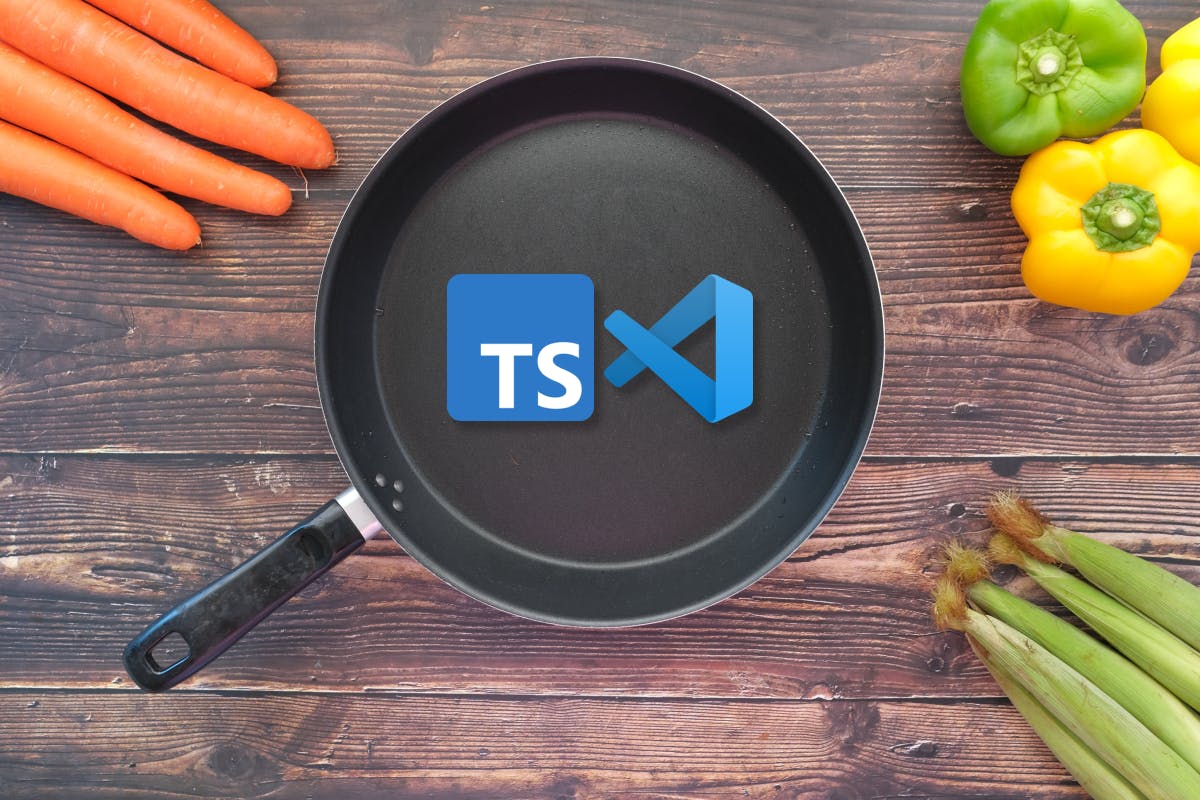I Found a Life-Saving Flower in the Amazon rainforest and Discovered the Power of TypeScript on a Node App
Follow this step-by-step guide inspired by a thrilling adventure in the Amazon rainforest.
ℹ️ This article is entirely fictional and created mostly by AI for entertainment purposes only. While the steps provided may be accurate, they should not be relied upon as a definitive guide to installing TypeScript.
Find the prompt and AI used at the end of the article.
Once upon a time, I found myself on a thrilling adventure in the heart of the Amazon rainforest. My mission was to locate a rare flower that held the key to curing a deadly disease that had been sweeping across the globe.
As I made my way through the dense foliage, I stumbled upon a small village of indigenous people who offered to guide me to the location of the elusive flower. Together, we trekked through the rainforest for days, facing perilous challenges and overcoming obstacles that would have deterred even the most seasoned adventurer.
Finally, we reached our destination and I was able to obtain a sample of the precious flower. But my journey was far from over. I needed to return to civilization and share my discovery with the world.
As I journeyed back to my homeland, I reflected on the importance of sharing knowledge and the impact it can have on society. And that's when I realized the perfect analogy for installing TypeScript on a Node app.
Just like the flower held the key to curing a deadly disease, TypeScript holds the key to creating more efficient and scalable JavaScript applications. And just like my journey to obtain the flower, installing TypeScript on a Node app can be an adventure in itself.
But fear not, fellow adventurer, for I am here to guide you through the process. So grab your machete and let's get started!

Original image by Photo by Towfiqu barbhuiya on Unsplash
Ingredients
1 PC (or laptop, whatever you have at home is fine)
1 cup of Node.js, version 12 or higher
A text editor of your choice, such as Visual Studio Code or Atom
1 package.json file, for managing dependencies and scripts
Optional ingredients
- A sense of adventure
Once you have gathered all of your ingredients, it's time to begin your TypeScript adventure! Just like embarking on a thrilling quest through the Amazon jungle, installing TypeScript can be an adventure in itself. But don't worry, I'll be your trusty guide.
Instructions
Preheat your PC by ensuring that it's up-to-date and running smoothly.
You'll need to make sure you have Node.js installed on your computer. If you don't, head over to the Node.js website and follow the installation instructions.
Next, open up your terminal and navigate to your Node app's directory. Once you're there, run the following command to install TypeScript:
npm install --save-dev typescriptNow, you'll need to create a TypeScript configuration file. In your app's root directory, create a file called
tsconfig.jsonand paste in the following code:{ "compilerOptions": { "target": "es6", "module": "commonjs", "outDir": "dist", "rootDir": "src", "esModuleInterop": true}, "include": [ "src/**/*.ts" ], "exclude": [ "node_modules" ] }This configuration tells TypeScript to target ECMAScript 6, use the CommonJS module system, output the compiled files to a
distdirectory, and look for TypeScript files in asrcdirectory. Theincludeandexcludeproperties specify which files should and should not be compiled.Finally, you'll need to modify your app's
package.jsonfile to include a build script. Add the following code to thescriptssection of yourpackage.jsonfile:"build": "tsc"This script will compile your TypeScript files into JavaScript files and output them to the
distdirectory.
And there you have it, fellow adventurer! With TypeScript installed, your Node app is now more efficient and scalable, just like my journey to obtain the rare flower was worthwhile in curing a deadly disease.
Enjoy your delicious new TypeScript-powered Node app!
ℹ️ AI: ChatGPT (Mar 23 Version)
Main Prompt: "Write an article about how to install TypeScript on a Node.js app, but imitate the style of cooking blogs where they tell you their life story before actually showing you the recipe. Also, come up with a random adventure story.”
Cover Photo by Filip Zrnzević on Unsplash

